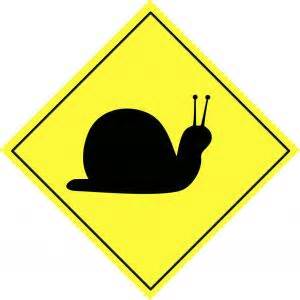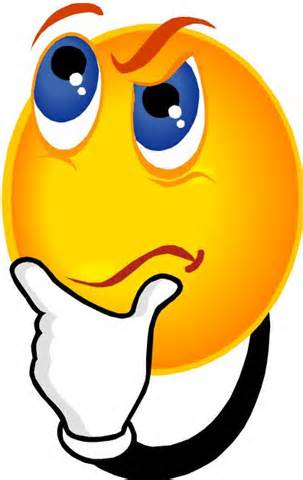A student writes: I want to apply this type of [slow] practice to one piece in particular I am having difficulty with, mainly with random errors. So I have a couple of questions:
1. Is slow practice good for eliminating random errors?
2. How slow should you go? (I have read half or quarter speed)
3. How many repeats in a session should you do in this slow practice?
4. Should you alternate tempos within a session or over days?
5. How long would you stay doing these slow practice sessions?

Extremely slow practice, even in a slow movement, can also be helpful in securing memory because it removes some of the digital memory.
1. Is slow practice good for eliminating random errors?
2. How slow should you go? (I have read half or quarter speed)
3. How many repeats in a session should you do in this slow practice?
4. Should you alternate tempos within a session or over days?
5. How long would you stay doing these slow practice sessions?

My reply: Yes, random technical errors will be solved in slow practice if it is conscious slow practice. Slow practice is essential for working in quick technical passages. The finger/hand/arm collaboration works best when it has the opportunity to sense clearly the movements required of it. The first
step, though, is to figure out what those movements are, which, of course includes such details as the best fingering to employ. Many pianists make the mistake of playing slowly without discovering what it is they need for speed. Then in speed they do something different from what they did at the slower tempo.
Once you are comfortable at your slowest speed, gradually work through several tempos to the desired tempo.This is not for an entire movement, necessarily, but rather for the particular
passage. Make sure that the passage continues to feel easy at each successive tempo. If it doesn't, that means something technical hasn't been solved. This is my favorite use of the metronome. Write in your score the metronome mark of your desired tempo, the top tempo. Then below it write your starting tempo. Work between these two tempos. I usually say that you shouldn't play slower than you need to or faster than you can (easily). Don't be discouraged if one passage seems to want to go faster than another. But do keep track in your score by marking the metronome setting of your fastest, easy tempo.
This is a good way to begin your daily work on a given piece, starting with those passages that feel difficult. But once you have achieved the desired tempo (feeling easy) in all of the questionable passages, it is usually not necessary to go back to the original slow tempo, although I always practice two or three tempos slower as a review.



No comments:
Post a Comment